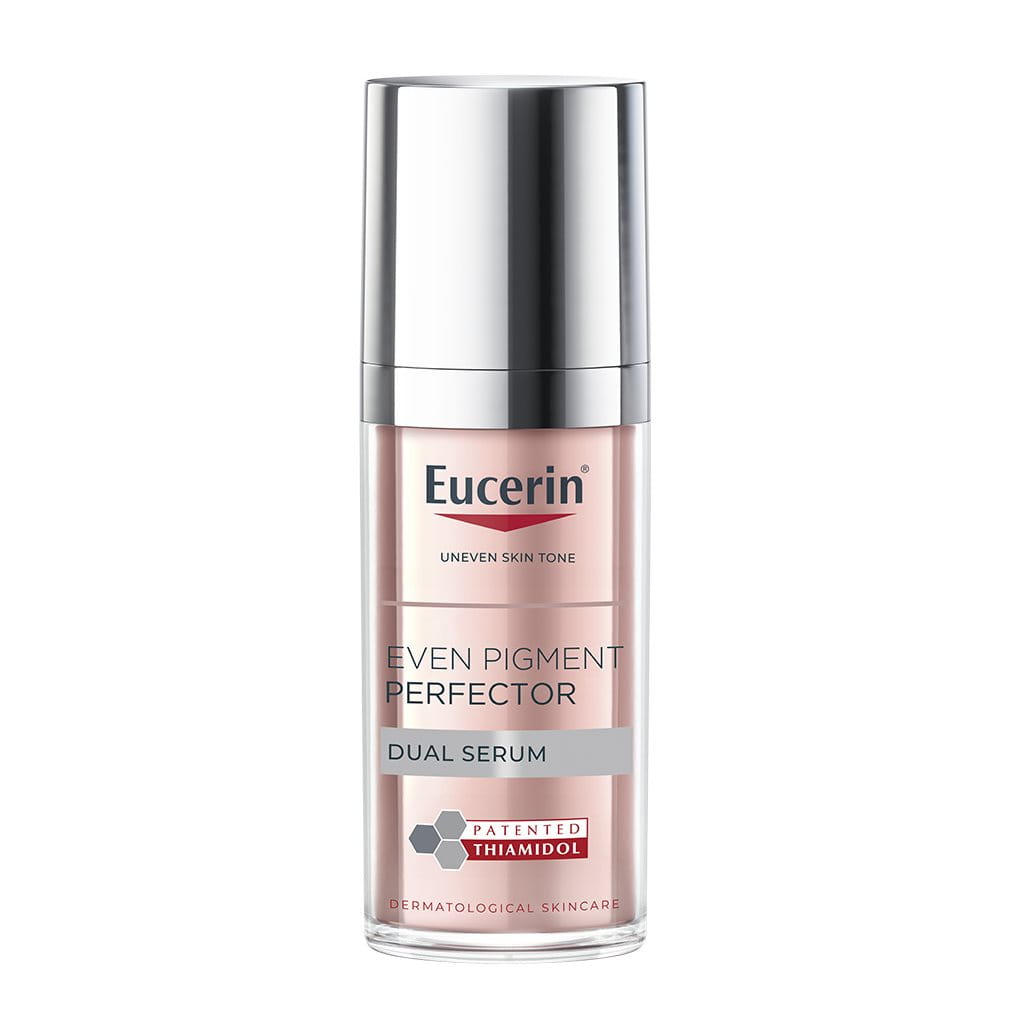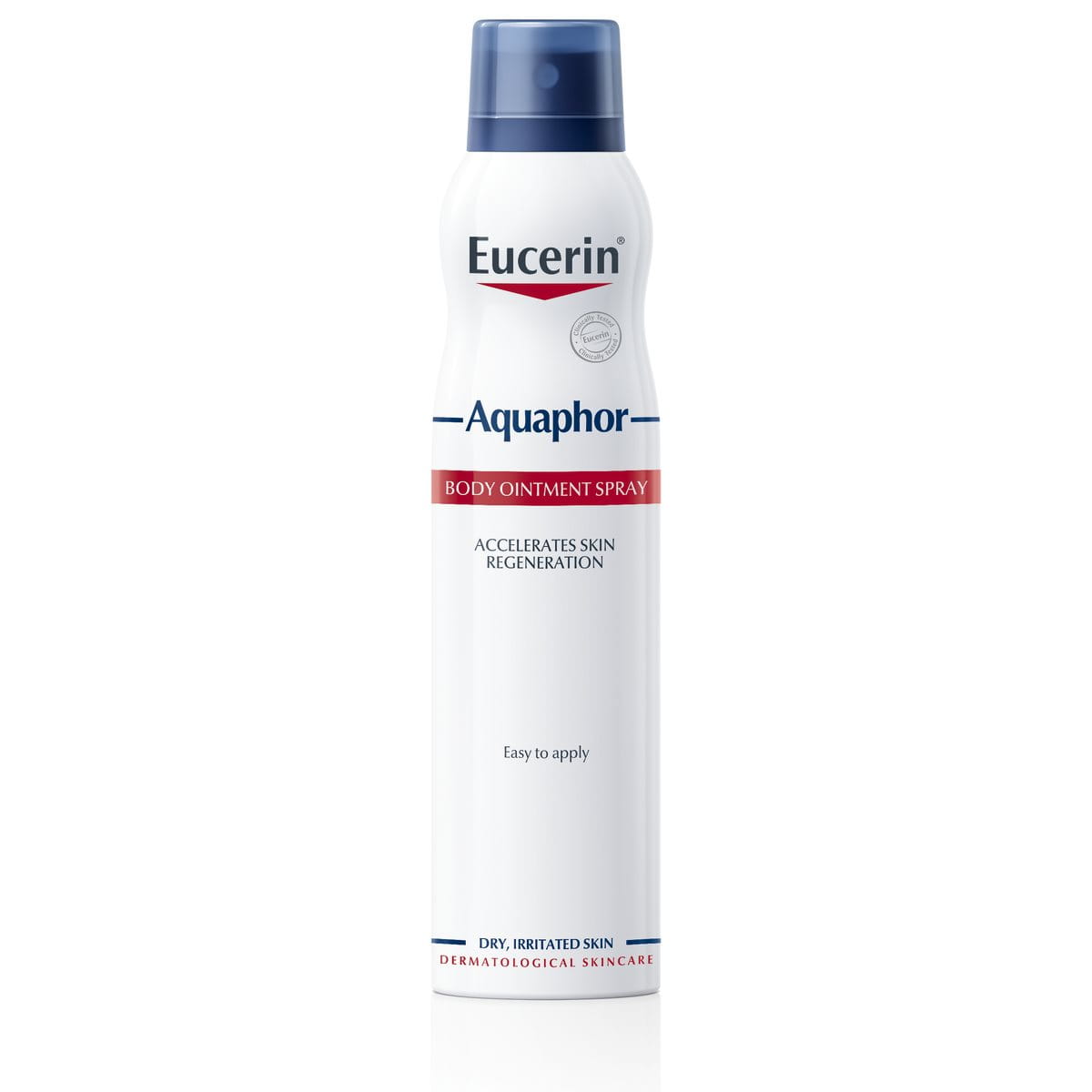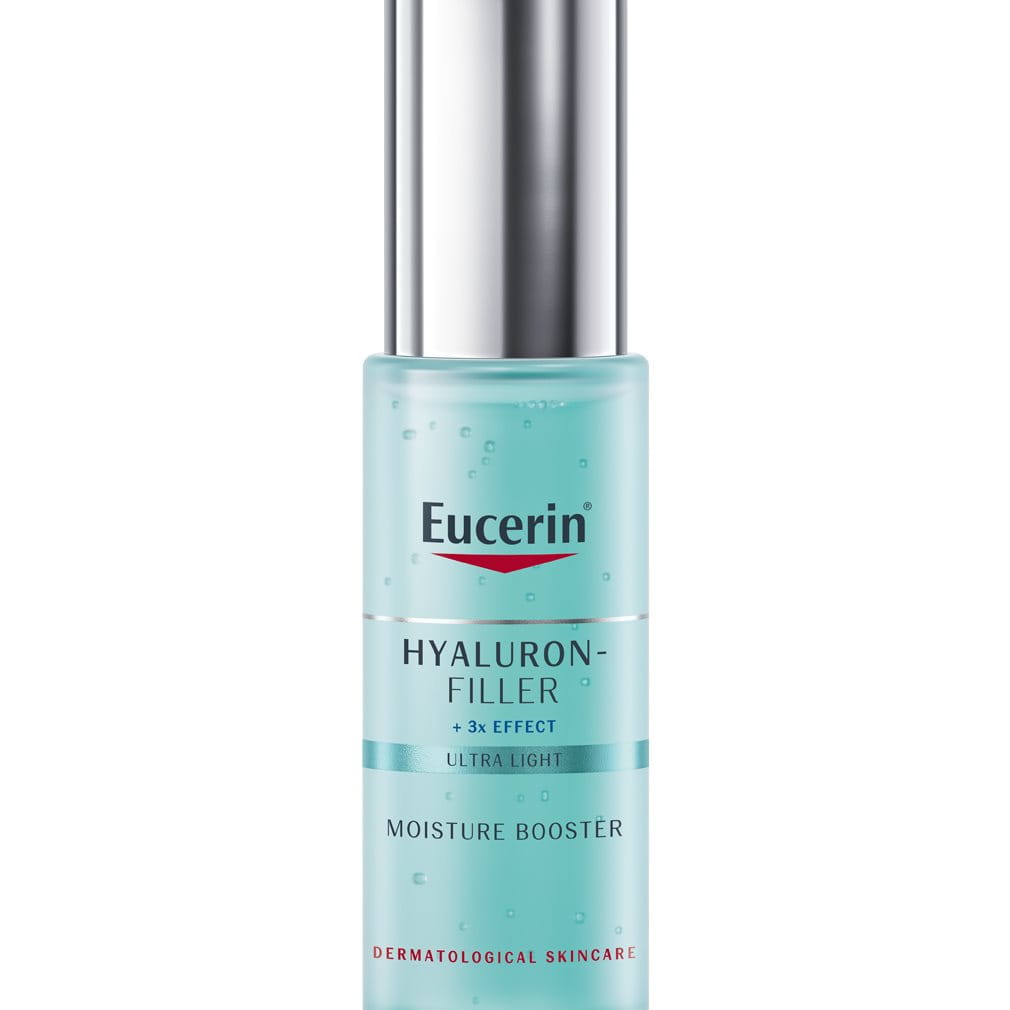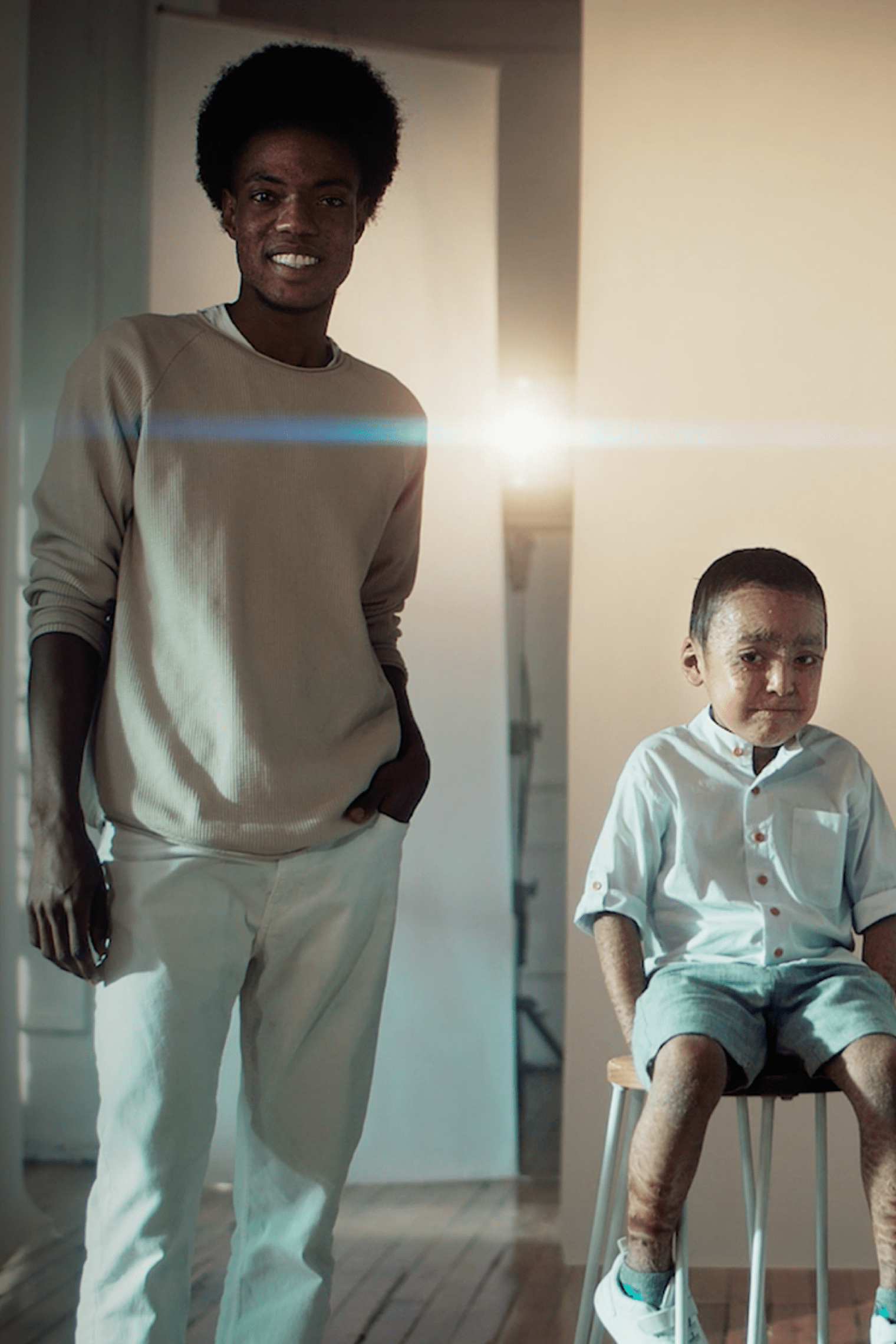Many commonly used, even over-the-counter, medications can cause your skin to become more sensitive to the sun than usual. Photosensitising agents can become reactive or cause allergic reactions when they interact with ultraviolet (UV) light. This article details the causes, symptoms and management of drug-induced photosensitivity reactions.
What is drug-induced sun sensitivity?
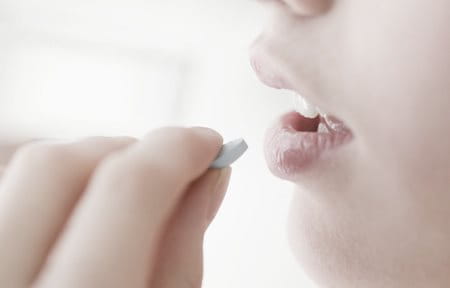
Drug-induced photosensitivity (or drug induced sun sensitivity) develops when a medicine, which does not normally cause sensitivity, undergoes photoactivation as it interacts with UV light when it enters the skin.
Chemicals that have planar, tricyclic, or polycyclic structures absorb ultraviolet light, and often these altered chemicals cause cutaneous manifestations (such as phototoxic or photoallergic reactions). As stopping these medications is not always possible, it is important to understand how to protect skin from sunlight.
What are the symptoms of photosensitive reactions?
The clinical features of drug-induced photosensitivity can vary, as the type of reaction, either phototoxic or photoallergic, depends on the type of photosensitising agent that caused the sensitivity reaction.
Attention
Talk to your dermatologist or pharmacist if you’re worried about any of your symptoms, especially if you suspect you have drug-induced photosensitivity, or are not sure if your medication/s can cause photosensitivity reactions.
What is the difference between phototoxic and photoallergic reactions?
The main difference is that photoallergic reactions occur when the immune system reacts to the photoactive chemical causing swelling and inflammation, while phototoxic reactions occur solely due to the photoactive chemical reacting directly with skin cell membranes and cellular DNA, and do not involve the immune system.
Photoallergic reactions therefore only require a small amount of the photoactive chemical to be present as the immune system is very sensitive, while phototoxic reactions require a larger amount of the photoactive chemical to be present (although phototoxic chemicals differ in toxicity, and therefore different amounts of each chemical are required to cause a reaction).
What are the visual differences of phototoxic reaction and photoallergic reactions?
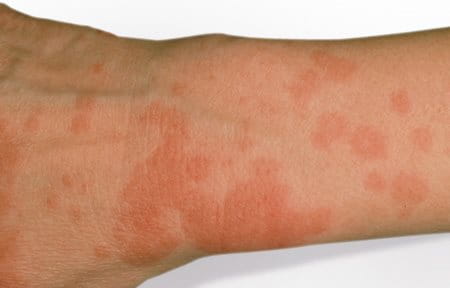
While phototoxic and photoallergic reactions are caused by different types of photoactive chemicals that induce different biochemical reactions, it can still be hard to differentiate between them when examining a person with photosensitivity. The main visual difference between the two reactions is that phototoxic reactions tend to look like severe sunburn that is mainly restricted to sun-exposed skin, while photoallergic reactions look more like Atopic Dermatitis and the reaction can spread from sun-exposed skin to unexposed areas.
Development (pathogenesis) of phototoxic and photoallergic reactions
What causes drug-induced photosensitivity reactions?

Both systemic (oral) medications and topically applied compounds have the potential to cause photosensitivity reactions. It is therefore important to consider the possibility of photosensitivity when choosing a moisturiser or skin lotion. Some anti-inflammatory medications, or ‘painkillers’, such as ibuprofen can also cause photosensitivity. Other commonly used photoactive medications include antibiotics, non-steroidal anti-inflammatory drugs, diuretics, statins, retinoids and antifungals.
What medications have the potential to cause photosensitivity?
Many commonly used medications that can cause photosensitivity are included in the below table called Common Photosensitising Medications, however, this is not a complete list and there are many other medications that could potentially cause photosensitivity.
Common Photosensitising Medications
- Anticonvulsants (Neuroleptics)
- Antibiotics
- Diuretics
- Hypoglycaemics
- Nonsteroidal Anti-Inflammatory Drugs (NSAIDs)
- PDT Pro-Photosensitisers
- Retinoids
Attention
If you are not sure if the medication/s you are using can cause photosensitivity, or you want general information about which medications can cause photosensitivity, please ask your doctor or pharmacist.
Management of photosensitive reactions
What is the best way to protect against photosensitivity, if you have to take a photoactive medication?


The wavelengths of light that are known to cause drug-induced photosensitivity reactions are UVA (320-400 nm) and UVB (290-320 nm) range. However, certain chemicals can react with sunlight in the visible range. Therefore, avoiding exposure to the sun is paramount.
Furthermore, protecting skin by clothes and using a sunscreen with an effective UVA/UVB filter with a high SPF (50+) will protect against the photoactivation of most photoactive medication you may need to take.
Always follow the usage instructions on the sunscreen, especially with regards to frequency of application. Generally avoiding sunburn will also help to reduce the risk of drug-induced photosensitivity reactions. Read more about how to protect from sunburn on face or on body.
Attention
The skin test is a helpful tool to find out more about your skin condition, but if you present a photo-sensitive reaction or are unsure, always consult a dermatologist for a face-to-face diagnosis.
Our brand values

We deliver a holistic dermo-cosmetic approach to protect your skin, keep it healthy and radiant.

For over 100 years, we have dedicated ourselves to researching and innovating in the field of skin science. We believe in creating active ingredients and soothing formulas with high tolerability that work to help you live your life better each day.

We work together with leading dermatologist and pharmacist partners around the world to create innovative and effective skincare products they can trust and recommend.
Phototoxic and Photoallergic Reactions – What is the difference?
Phototoxic Reaction
Clinical characteristics
Exaggerated sunburn
Distribution
Sun-exposed skin only
Immunologically mediated
No
Incidence
High
More than one exposure to agent required
No
Quantity of agent required to induce photosensitivity
Large
Speed of reaction post exposure to photoactive agent and light
Minutes to hours
Photoallergic Reaction
Clinical characteristics
Dermatitis
Distribution
Mainly sun-exposed skin, yet may spread to other areas that have not been exposed to the sun
Immunologically mediated
Yes; Type IV
Incidence
Low
More than one exposure to agent required
Yes
Quantity of agent required to induce photosensitivity
Small
Speed of reaction post exposure to photoactive agent and light
24-72 hours
